With a Surprising History Dating Back to the 1940s, Carvin Later Achieved Kudos With Endorsements by Steve Vai, Allan Holdsworth and Joe Walsh
Launched as a post-WWII startup, the firm grew into a guitar gear giant, one catalog sale at a time
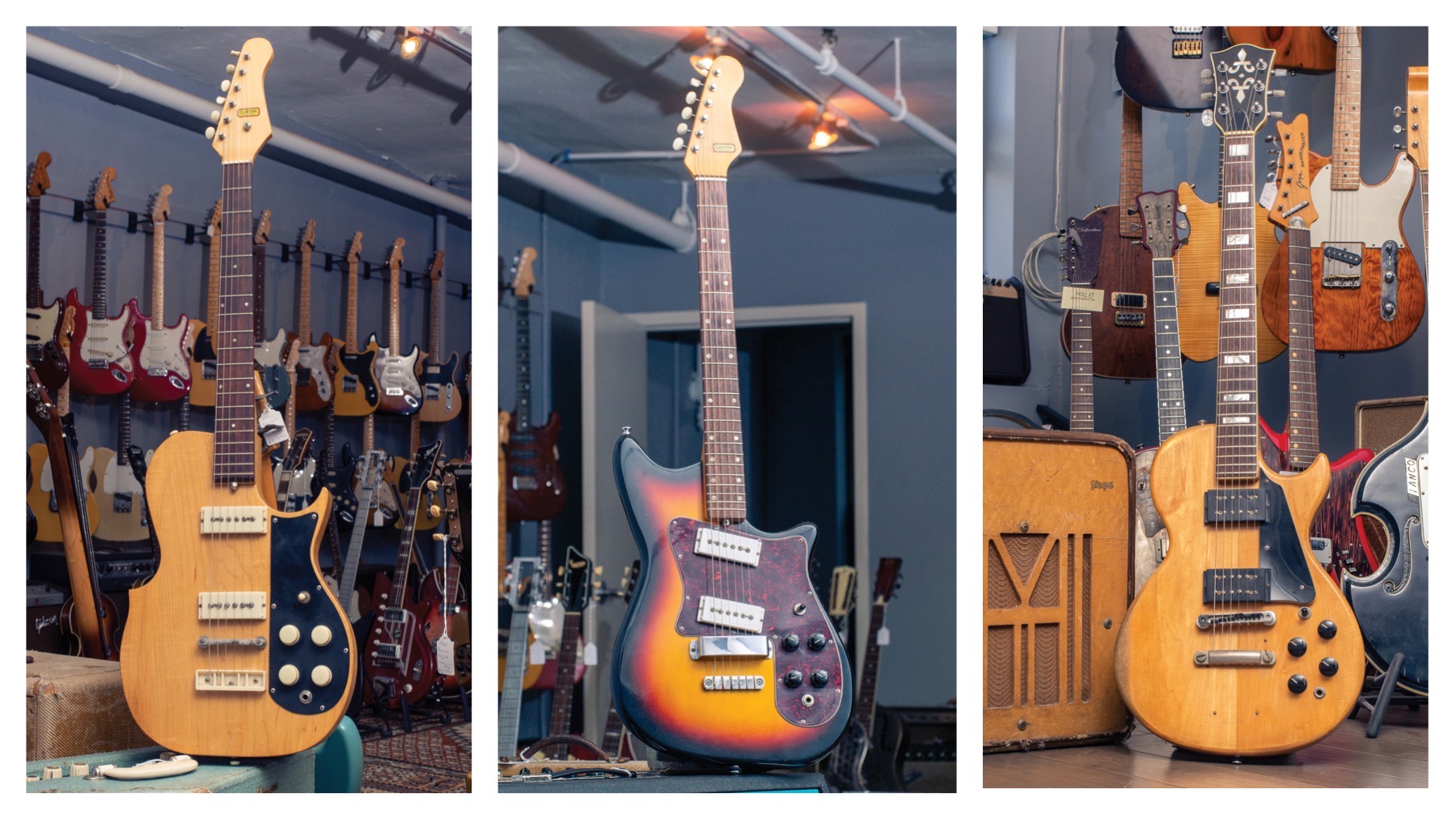
Guitarists old enough to have had their early exposure to the instrument through mail-order catalogs are likely to remember the outsized presence of Carvin guitars, amplifiers and PA systems. As a kid in the early ’80s, I was drawn to order my first Carvin catalog by an ad in the back of Guitar Player. I never did order anything significant, other than a replacement pickup for my Yamaha SG-2000 (Carvin declared its 22-pole M22 humbucker to be the hottest pickup available at the time).
By then Carvin was no small operation, manufacturing 600 guitars a month on essentially a custom-order basis, and selling them direct to the consumer. The company had evolved out of much humbler origins that dated back as far as those of its California neighbor, Fender.
Founder Lowell C. Kiesel started making and selling pickups out of his own garage in Southern California in 1946, before scaling up to full lap-steel guitars the following year. In 1949, he dropped his surname from the company’s moniker and replaced it with a contraction made from the names of his two sons, Carson and Gavin.
Just a few years later, Lowell was making guitars and amplifiers that could have been considered rivals to those of his neighbor Leo Fender, were it not for the fact that they were rarely seen outside their Southern California environs.
By 1954, Carvin was as much a seller of guitar parts as it was of entire instruments and amps, and often promoted its “build your own” opportunities. It even acted as an authorized dealer for Martin and Fender guitars.
Through the ’50s, however, Carvin’s own distinct styling began to take shape as the company made greater efforts to make its place in the electric guitar market. The 1960 Model 3-SGB shown in these pages represents a design Carvin launched in 1956 and offered unchanged until shortly after this one was made, when it evolved into the offset-double-cutaway 31-SGB.
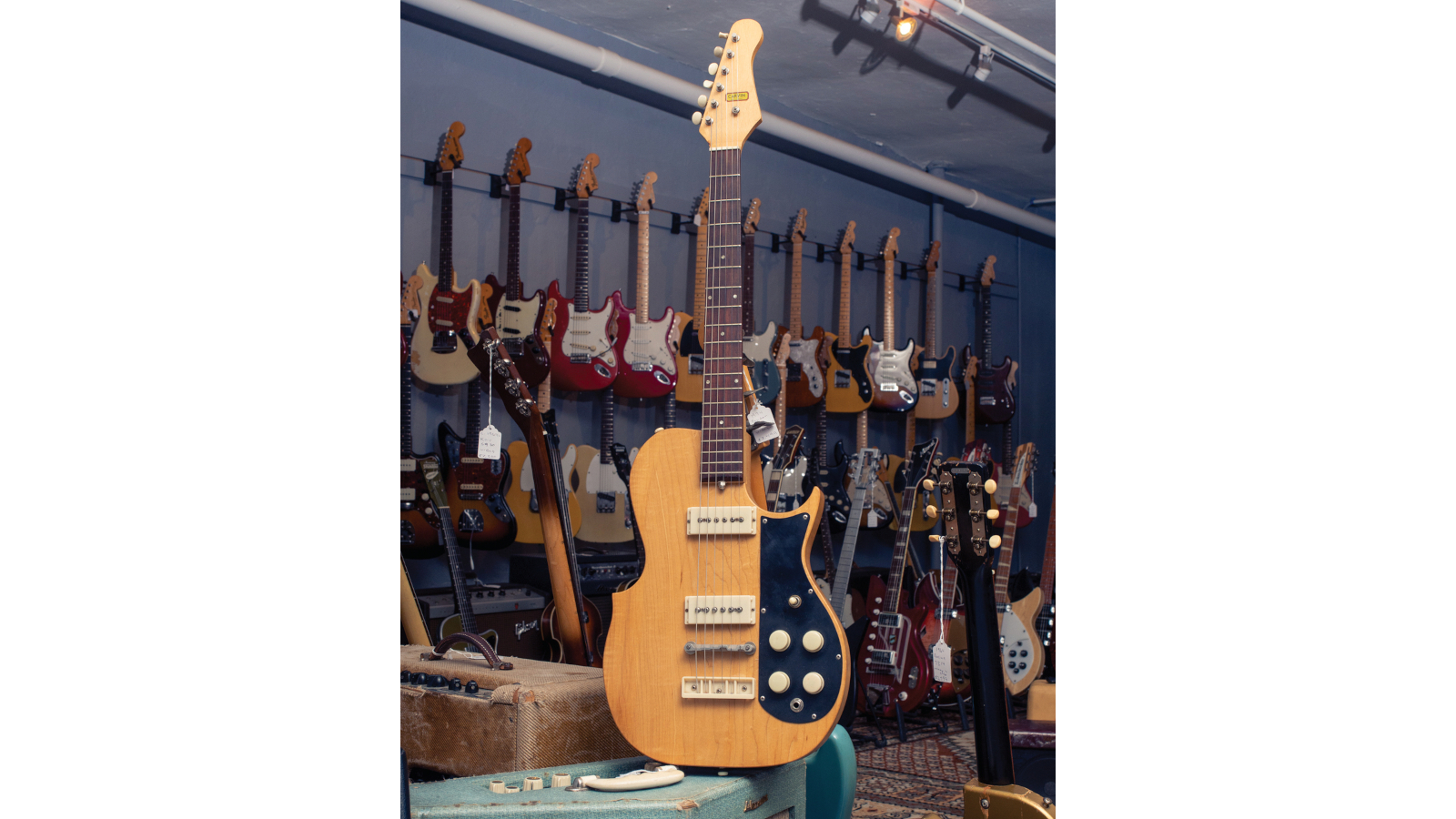
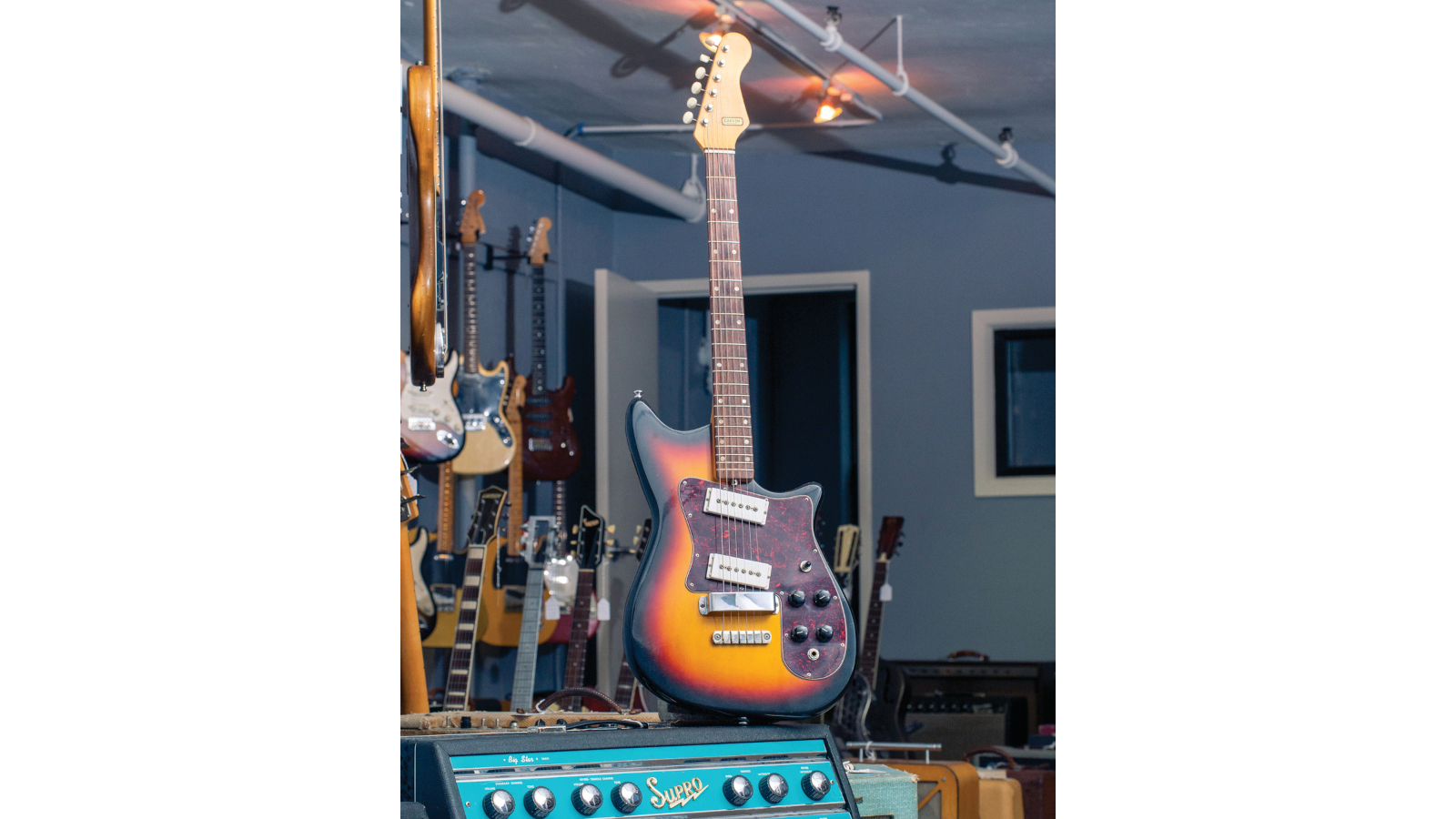
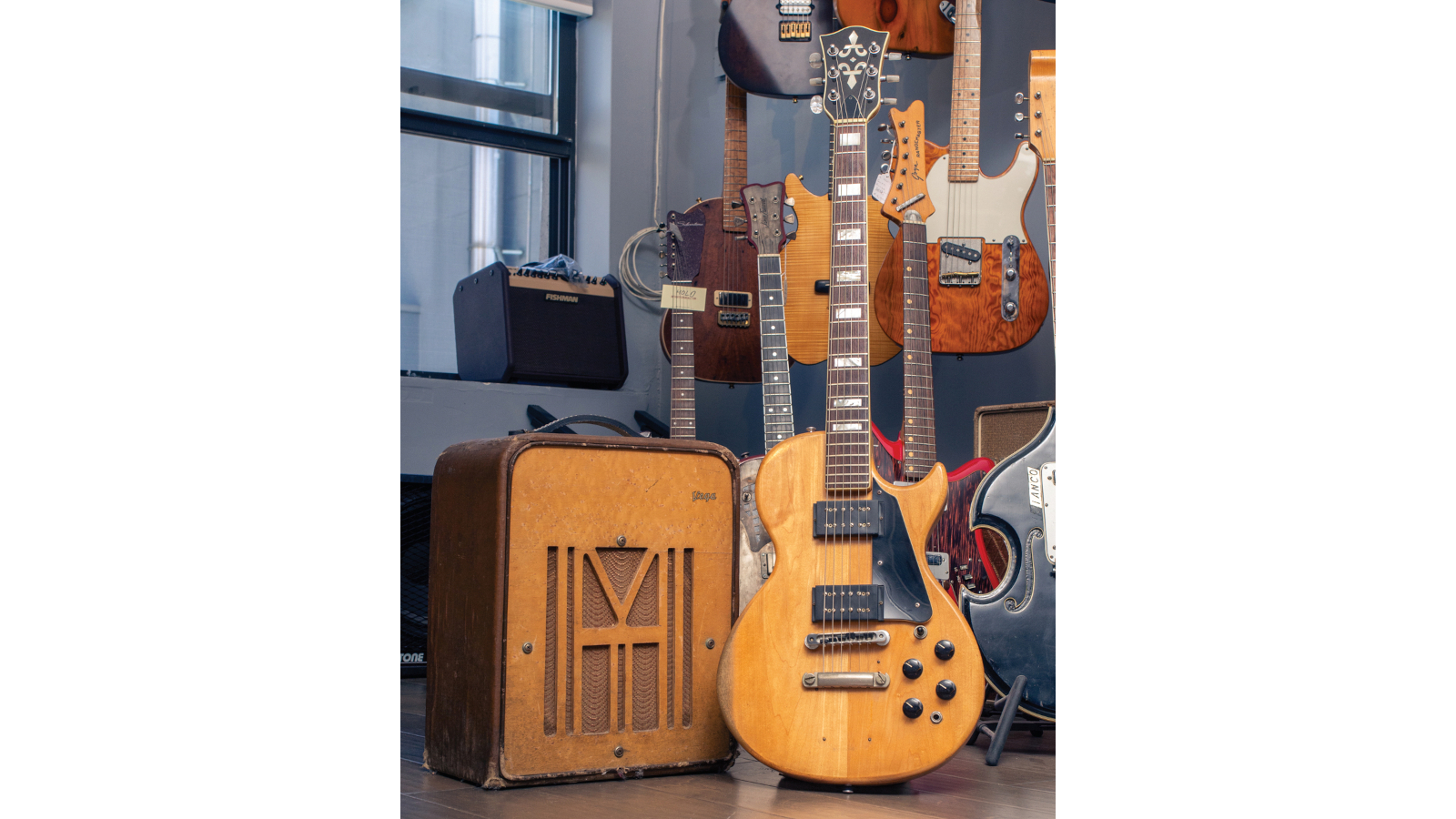
Notably, Carvin was no longer a Fender reseller by this time, although the 31-SGB boasted a distinctly Strat-like profile, albeit with squared-off body edges and a less elegant shape overall. As photos of the 3-SGB reveal, the guitar’s aesthetic was rather DIY, with a crudely cut pickguard, a prominent truss-rod nut at the body end of the neck, a plastic tailpiece partnering a fixed version of Bigsby’s rocking aluminum bridge and an understated brand decal on its six-a-side headstock.
Get The Pick Newsletter
All the latest guitar news, interviews, lessons, reviews, deals and more, direct to your inbox!
Regardless of the basic appearance, the guitars were well put together, and this and other models benefited from Carvin’s own AP-6 pickups, with adjustable poles. The units were designed somewhat like Gibson’s P-90 single-coils but with a cleaner, tighter sound. Considered something of a minor classic, these are the same pickups Semie Moseley used on early Mosrite guitars of the late ’50s, including the famed Joe Maphis double-neck model, and they deliver an appealingly edgy twang, with a little bite and sting to it. Perhaps not coincidentally, Carvin came out with its own double-neck in 1959 – available with either mando or bass on the second neck – and Moseley began winding his own pickups shortly after.
Carvin catalogs from 1956 through ’60 display a practice the company would continue to use through the following decades: offering the guitar at a “wholesale” price of $119.90 when purchased direct (essentially the only option), which was made to look like more of a bargain thanks to the $220 “list” price printed alongside it.
Through much of the ’60s and into the mid ’70s, Carvin acquired its necks from German guitar maker Höfner and bolted them to its own bodies. The company was already showing a propensity for using solid maple, but the house-made pickups remained a big part of the unique selling proposition.
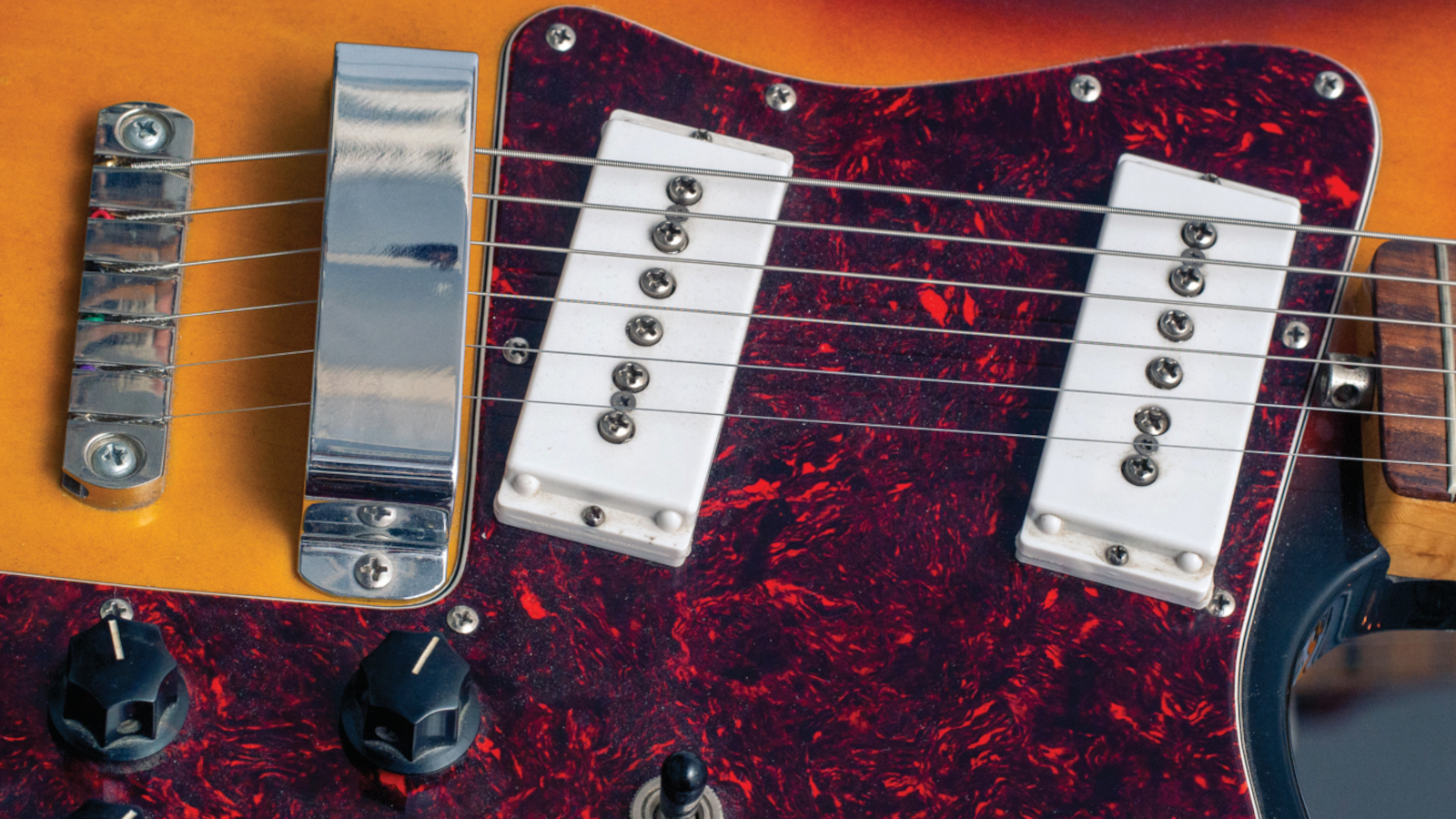
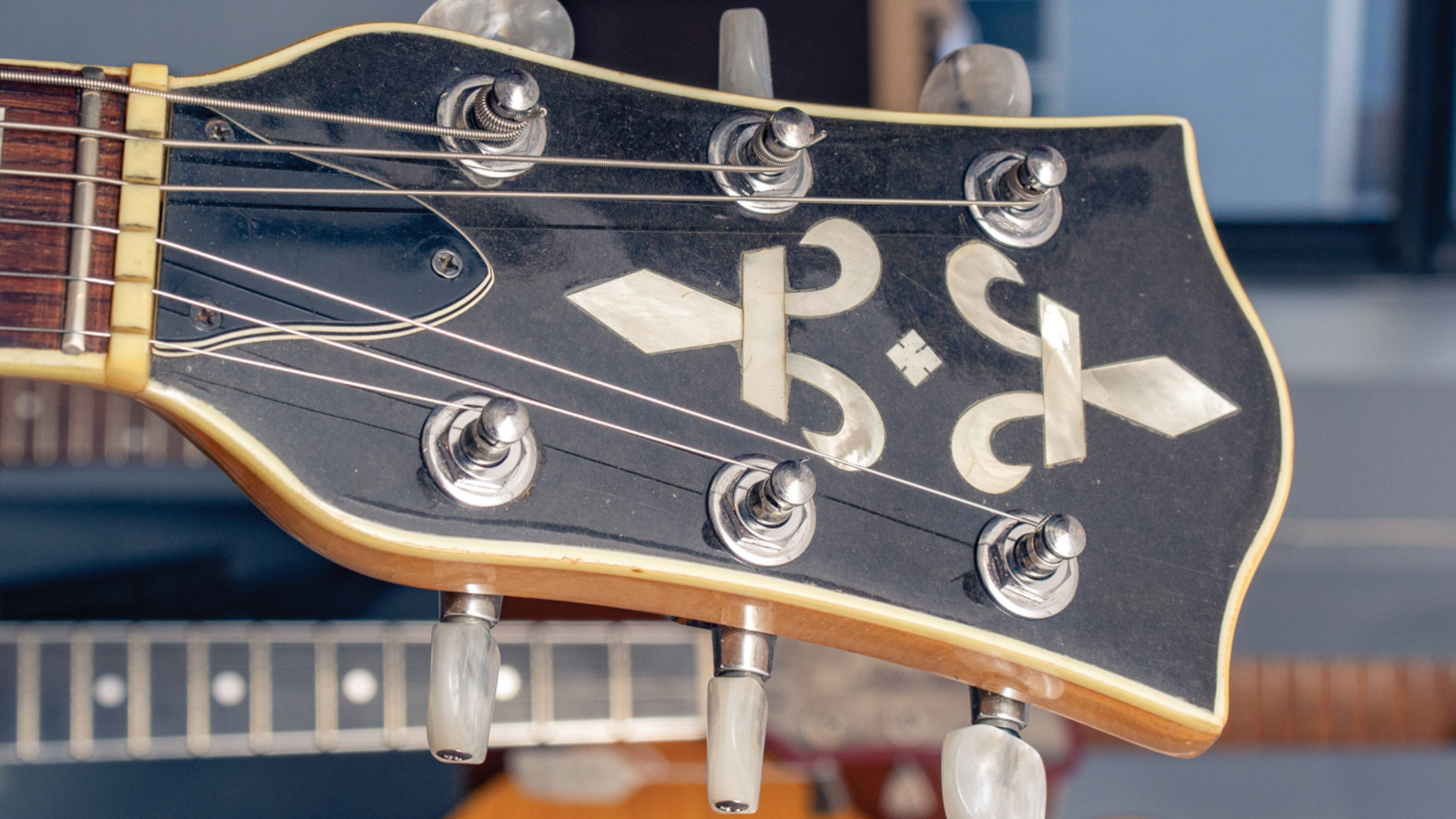
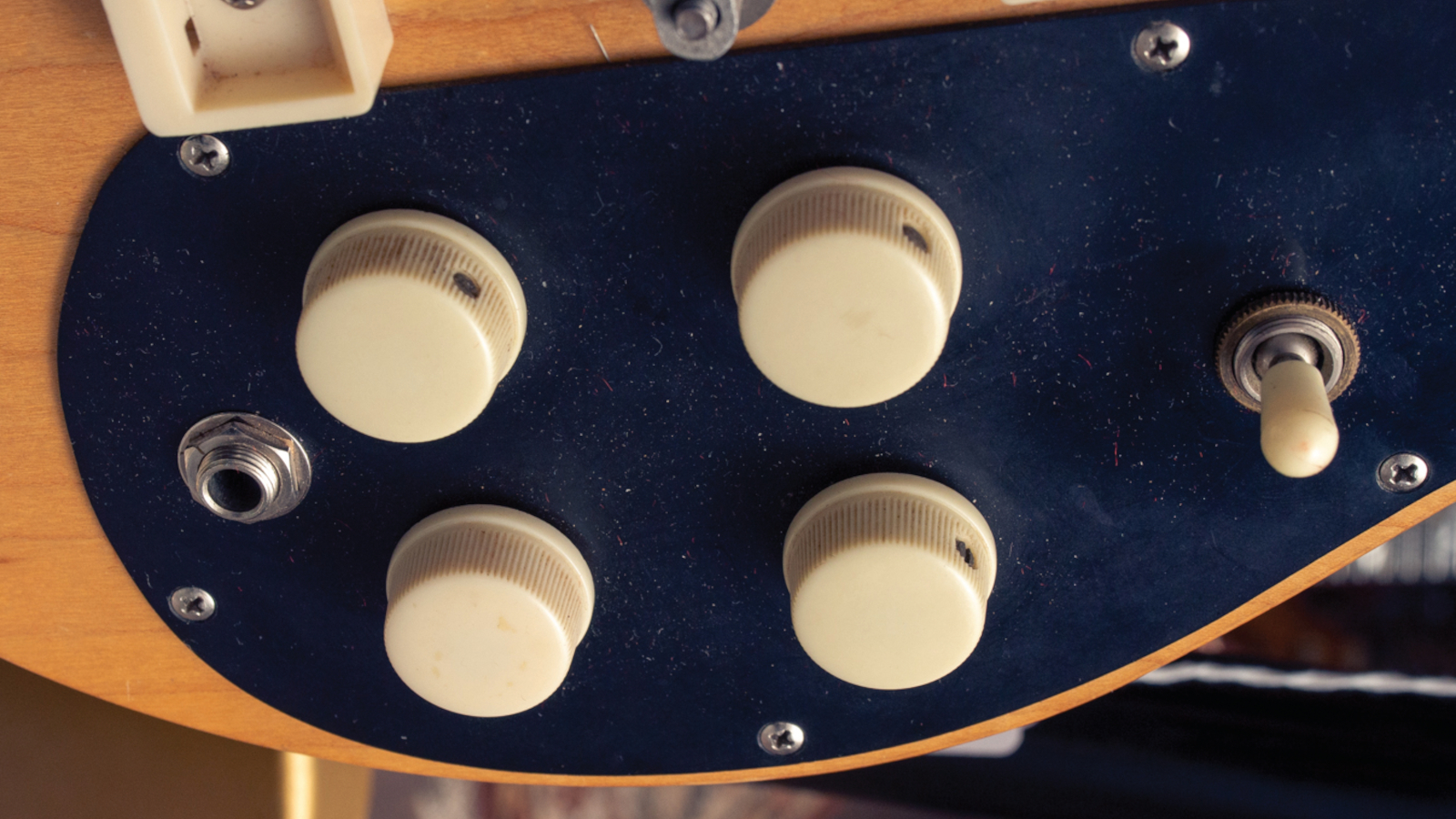
The 1970 SS-65 seen here shows that Carvin’s overall builds hadn’t evolved much over the course of the decade, other than adopting some styling akin to the more affordable Japanese guitars of the day. Available with a three-tone sunburst finish as standard, the model sported a body clearly inspired by Fender’s offsets models – the Jazzmaster and Jaguar – and carried the AP-6 pickups, but it arguably displayed a little more refinement than seen on its predecessors.
In 1973, some Carvin designs began leaning toward the Gibson camp (albeit still rendered with a preponderance of maple), as seen in the 1974 Model CM95 shown here. The company also introduced color to its catalog for the first time, and a glossier promotional aesthetic was in evidence. The guitar still carried a bolt-on Höfner neck, with a zero-fret in this instance, but now had two humbucking AP-6 pickups (even though earlier single-coil AP-6 units were seen in the color catalog photo of the model, possibly an earlier prototype).
Founder Lowell C. Kiesel passed away in 2009, and in 2015 the company split into Kiesel Guitars and Carvin Corporation
Rather surprisingly, the CM95 included a genuine Gibson Tune-o-matic bridge, and was sold with an optional Bigsby vibrato, which has been removed from our featured example.
Just another couple years on, Carvin would enter its modern era, making guitars with the coil-taps and phase switches that were popular in the day, and beginning to make its own necks in-house – and set-necks at that – in 1978.
A number of prominent artists eventually helped deliver greater exposure. Steve Vai endorsed the brand beginning in the ’80s, followed by Allan Holdsworth in the ’90s and Joe Walsh in the 2000s. The Vai Legacy series of amps and pedals arguably brought Carvin more acceptance among elite players than the guitars themselves ever did.
Lowell C. Kiesel passed away in 2009, and in 2015 the company split into Kiesel Guitars and Carvin Corporation, the latter of which makes amplifiers and PA gear.
ESSENTIAL INGREDIENTS
- Bolt-on maple necks, for a time made by Höfner (until 1978)
- Hard eastern maple bodies
- Carvin AP-6 single-coil pickups
- Some Bigsby and Gibson hardware
- Rudimentary esthetics
Dave Hunter is a writer and consulting editor for Guitar Player magazine. His prolific output as author includes Fender 75 Years, The Guitar Amp Handbook, The British Amp Invasion, Ultimate Star Guitars, Guitar Effects Pedals, The Guitar Pickup Handbook, The Fender Telecaster and several other titles. Hunter is a former editor of The Guitar Magazine (UK), and a contributor to Vintage Guitar, Premier Guitar, The Connoisseur and other publications. A contributing essayist to the United States Library of Congress National Recording Preservation Board’s Permanent Archive, he lives in Kittery, ME, with his wife and their two children and fronts the bands A Different Engine and The Stereo Field.
Guitar Center's Guitar-A-Thon is back, and it includes a colossal $600 off a Gibson Les Paul, $180 off a Fender Strat, and a slew of new exclusive models
"We tried every guitar for weeks, and nothing would fit. And then, one day, we pulled this out." Mike Campbell on his "Red Dog" Telecaster, the guitar behind Tom Petty & the Heartbreakers' "Refugee" and the focus of two new Fender tribute models











